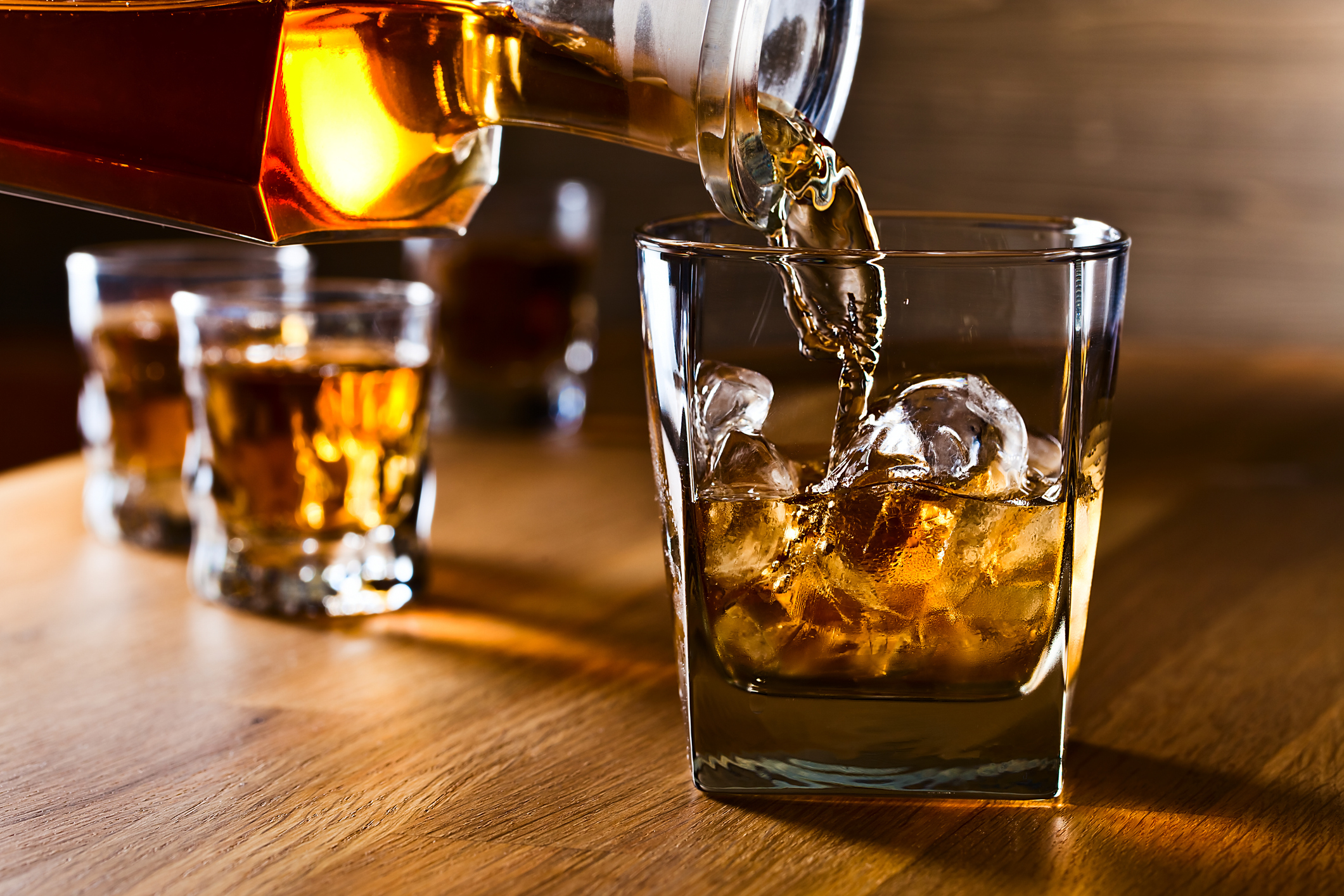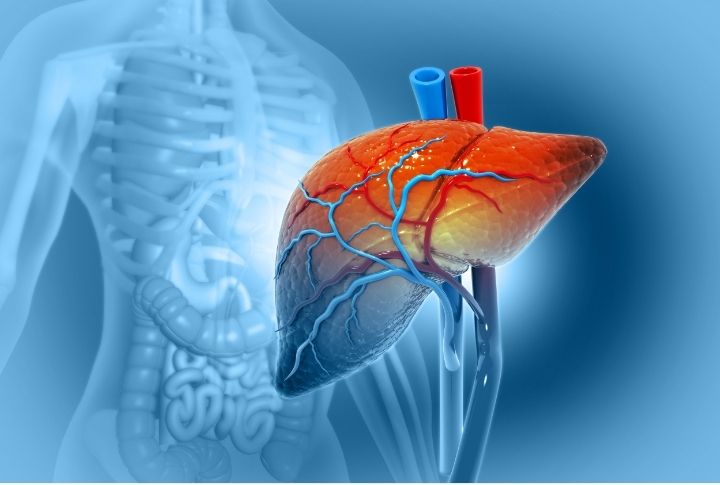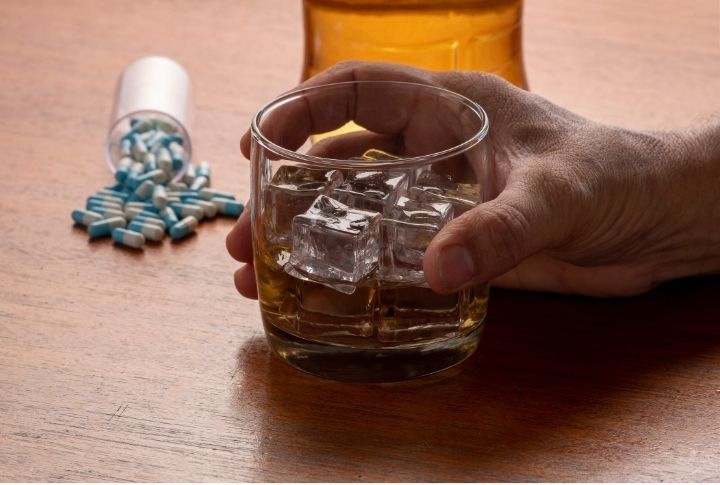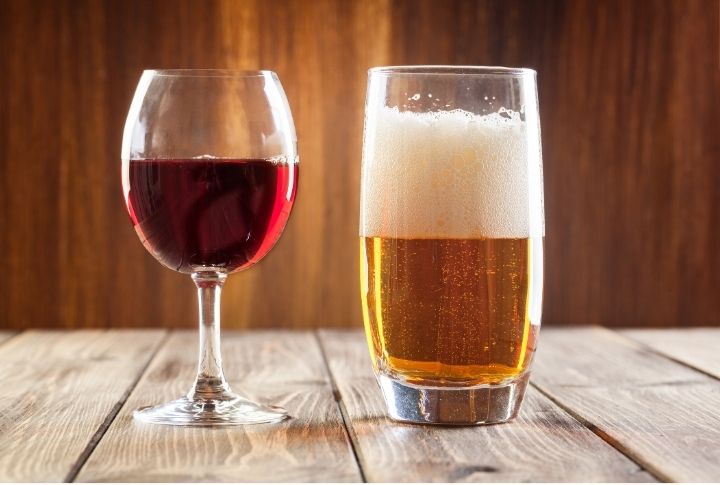
Alcohol has become a part of many people’s daily routines, whether it’s a celebratory toast, a social gathering, or simply unwinding after a long day. However, with this widespread acceptance of liquor consumption comes the responsibility to understand its effects on our bodies. It’s essential to grasp the timeline by which it metabolizes and gets removed to make informed decisions about drinking responsibly.
Absorption Into the Bloodstream

Once consumed, it quickly enters the bloodstream through the stomach walls and small intestine. From there, it quickly disperses throughout the body, affecting numerous bodily systems due to its rapid transport. The absorption rate depends on factors such as the concentration of spirit in the beverage and the amount of food in the stomach.
Blood Alcohol Concentration (BAC) Levels

BAC measures the percentage of spirit in a person’s bloodstream. Typically expressed as a percentage of ethanol per volume, it indicates the level of intoxication. For instance, one ounce of it usually results in a 0.015% BAC. At around 0.05% to 0.055%, one starts feeling disoriented, and at about 0.08% to 0.09%, balance and motor skills become impaired.
Metabolism In The Liver

The liver metabolizes ethanol through enzymatic processes. ADH, a key enzyme, breaks down ethanol into acetaldehyde, which further metabolizes into acetic acid by other enzymes. Its elimination rate varies from person to person but generally averages around 0.015 grams per deciliter (g/dL) per hour.
Rate Of Metabolism Is Different Depending On Gender

Men and women process this fluid differently based on their body composition and enzyme activity. Women generally have more fat and less water compared to men of the same weight. Additionally, males tend to have higher levels of ADH, allowing them to process it more quickly than females.
Effect Of Weight And Composition

Individuals with higher weight generally have a larger volume of distribution, meaning that liquor becomes more diluted in their internal fluids. Also, one’s composition plays a role in metabolism, as muscle contains more water than fat. So, people with higher muscle mass tend to have more fluids, facilitating its dilution and faster elimination from the bloodstream.
Impact Of Food

When you consume it with food in your stomach, your system absorbs it slowly. In contrast, drinking on an empty stomach leads to quicker absorption, causing the effects to kick in faster. If you haven’t eaten, you’ll reach your peak BAC level within 30 minutes to two hours of drinking, depending on how much you’ve consumed.
Alcohol Tolerance

Regular drinking could be a reason one develops high tolerance levels, where you become accustomed to the effects of intoxication. Tolerance can result in the need to consume more amounts of brews to achieve the desired effects.
Medication And Health Conditions

Some pharmaceuticals and health conditions tend to interfere with breakdown and elimination, potentially prolonging its presence within you. For example, drugs that affect liver function, such as antibiotics, antifungals, and some antidepressants, can interfere, leading to slower elimination and potentially higher BAC concentrations.
Type Of Beverage

The type of beverage consumed can impact how quickly it is processed and removed from the system. Liquids like spirits may produce higher peak BAC levels than lower-alcohol drinks like beer or wine.
Can You Speed Up Alcohol Elimination?

Unfortunately, there’s no way to hasten the process of removal. Drinking coffee or water, showering, or vomiting won’t speed up the process. While painkillers may help alleviate hangover symptoms, assimilation proceeds at its own pace.
How To Determine If Your System Still Has Alcohol?

You can determine if it is still in your body through various methods. A breathalyzer can detect it in your breath for up to 24 hours. Urine tests can show its presence within 10-12 hours by traditional methods. Blood tests help trace its presence up to 12 hours, while saliva can test positive up to 24 to 48 hours after consumption.
Can Metabolism Reduce Hangover?

No, its breakdown doesn’t mean your body is back to normal. It’s the opposite. Hangover symptoms peak when your BAC percentage returns to zero, meaning you might feel the worst as you sober up. Its symptoms can persist for 24 hours or more.
Detoxification Process

Detoxification is the body’s natural process of eliminating toxins, including alcohol, from the system. During detoxification, our liver converts this fluid into less harmful substances excreted through urine and sweat. Adequate hydration and nutrition support the detoxification process.
Duration Of Detox

The time varies depending on several factors, such as the brew consumed and individual metabolism. For many, the acute phase of detoxification, where it gets out of the body, lasts about 3 to 7 days. However, lingering withdrawal symptoms may persist for weeks or even months for others.
Withdrawal Symptoms

Mild withdrawal symptoms may occur in people who have been drinking regularly and abruptly stop or reduce their intake. These signs can include headaches, nausea, anxiety, and irritability. While uncomfortable, many signs typically subside within a few days as one adjusts to its absence.
